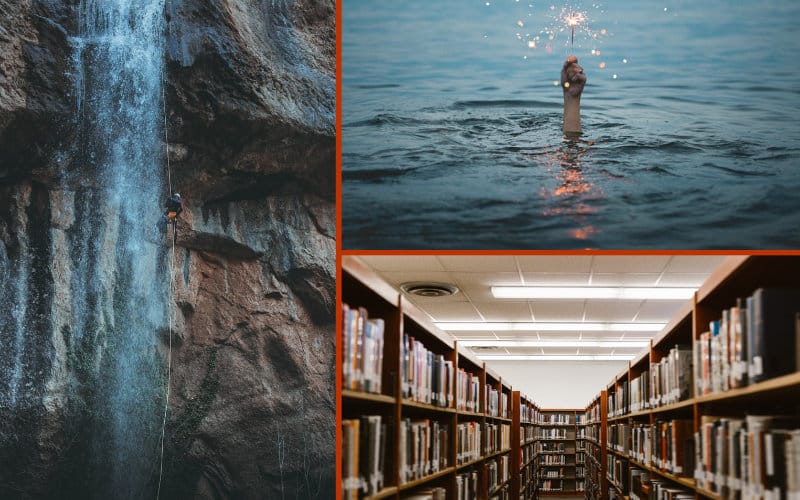
What Is Good Pianist in Classical Music
Reader Discretion is advised
Who’s your favourite pianist? A very common question amongst piano afficionados, wouldn’t you say? When you ask this question to someone, they will mention some of the normal names that come up in the everyday pianistic lists: to all those questioned, all these famous pianists will possess some of the following characteristics:
- They will be musical
- They will be expressive
- They will be virtuosic
- They will play a particular composer “amazingly”
All those above could make the list of the most desired characteristics of a favorite pianist. But, when it comes to what is considered good pianist in classical music, it depends on who you ask.
Audiences
Audiences almost invariably, never attest that their favourite classical pianist plays slow music well. They never say, “Oh, I loved the way she played the dotted quavers in the second movement of Beethoven’s Op. 2, No. 2.”, or, “he is my favourite pianist because he plays amazingly the andante from Mozart’s Facile sonata” and just stop there.Well, I’m lying — as an eye-wash audiences might mention a slow piece or two their favorite pianist plays to their taste, but they know full well that their favorite pianist is their favorite because she plays like the clappers. She plays fast.
Audiences — i.e. the people who sit and watch a concert, and 95% of them are amateurs (at best) — will often mention slow and lyrical playings, and how they adore the performer’s touch, eloquence, and interpretational hocus-pocus, but they really want nothing to do with it. Inside them they don’t support slow playing at all. Subconsciously to them, a good pianist is the one that plays maniacally fast.
The worst appreciators of music are the audiences! Unfortunately, we have to play to them, even though they know zilch about the pragmatic side of our art and how to appreciate it. I wish we could only play to musicians — some of them are better at understanding what we are trying to do with this massive block of wood with strings we are wrestling every day. However, audiences are very useful because they gullibly pay us their hard-earned cash. So, we have to smile at them, nod our heads at them, listen to their mysterious gibberish often with stone-faced expressions, marvel at their colossal gullibility, and generally suffering a lot just to steal their cash. Go figure.
Performers
The show continues when it comes to performers. As performers, we think we are self-entitled to know what good pianism – and particularly “good pianist” – is! We are masters in talking nonsense all day long and can virtuosically hide our titanic musical ineptitudes through our proficiency of eloquent expressions.
See, we are all day long in the company of artistic peers who are equally masters in finding niche ways to describe their nonsensical art, so there’s no surprise there. Words, such as “expressive”, “flair”, “challenged”, and “feelings” occupy massively our everyday vocabulary and are the bread and butter of our artistic quiddity. That means we are extra careful when we express important notions, such as the musical quality of a pianist – As you may have noticed through this website, the use of considerate, graceful expressions that show respect and understanding for our fellow pianists are the kernel of a successful musical career and, dare I say, of good writing.
So, “good pianist” for us performers is, definitely, the one that plays both slow and fast music well. Good pianist is, of course, the one that through his lyrical and precise technique the desires of the composer are revealed. Good pianist for the pianist is the one who is a “pianist” in both mind and body and has the ability to lift the minds of an audience to great heights. Blaah. Just kidding, of course.
Can you spot the pretentiousness? Can you spot the… dare I say, nonsense? You must be out of your mind if you think performers think of anything else other than fast playing! We couldn’t care less about slow movements and Yasashii demeanours — we breathe fastness in our world of false priorities.
You don’t believe me?
Well, show me one pianist that is considered great by only playing slow piano music and has played no fast. Mention just one! You can’t. I know. ( Again, I’m not making any friends with this article).
Okay. I’m off to practice the Flight of the Bumble Bee.
Copyright © 1st of June 2021, by Nikos Kokkinis
===
ℹI am indebted to the following artists the images of whom I used to create the composite image used in this article: This image tries to convey false priorities and meaningful things in life. The reader is invited to choose which of the three images is closer to their idiosyncrasy. THANK YOU:
Priscilla Du Preez on Unsplash




